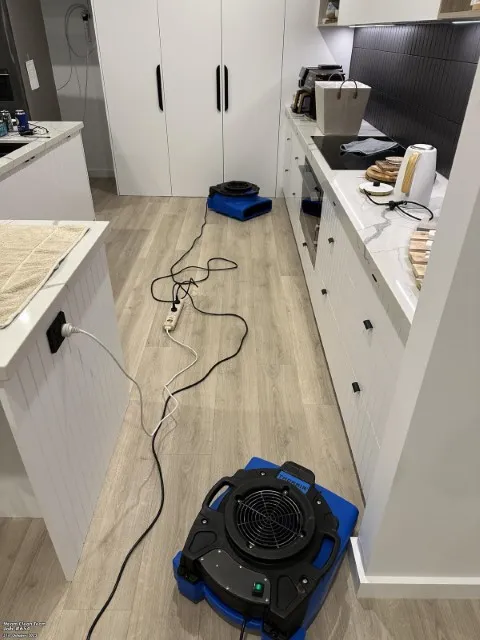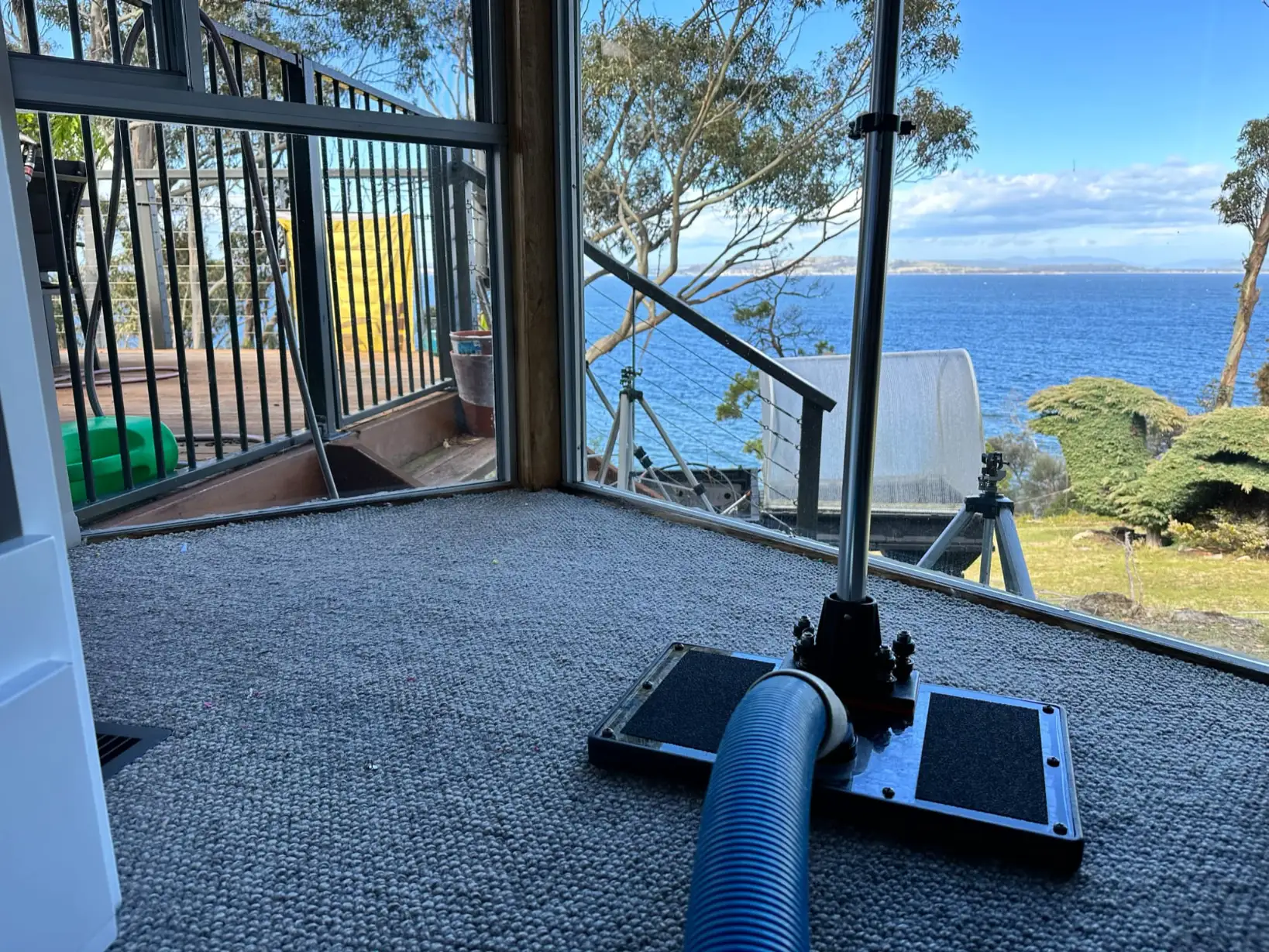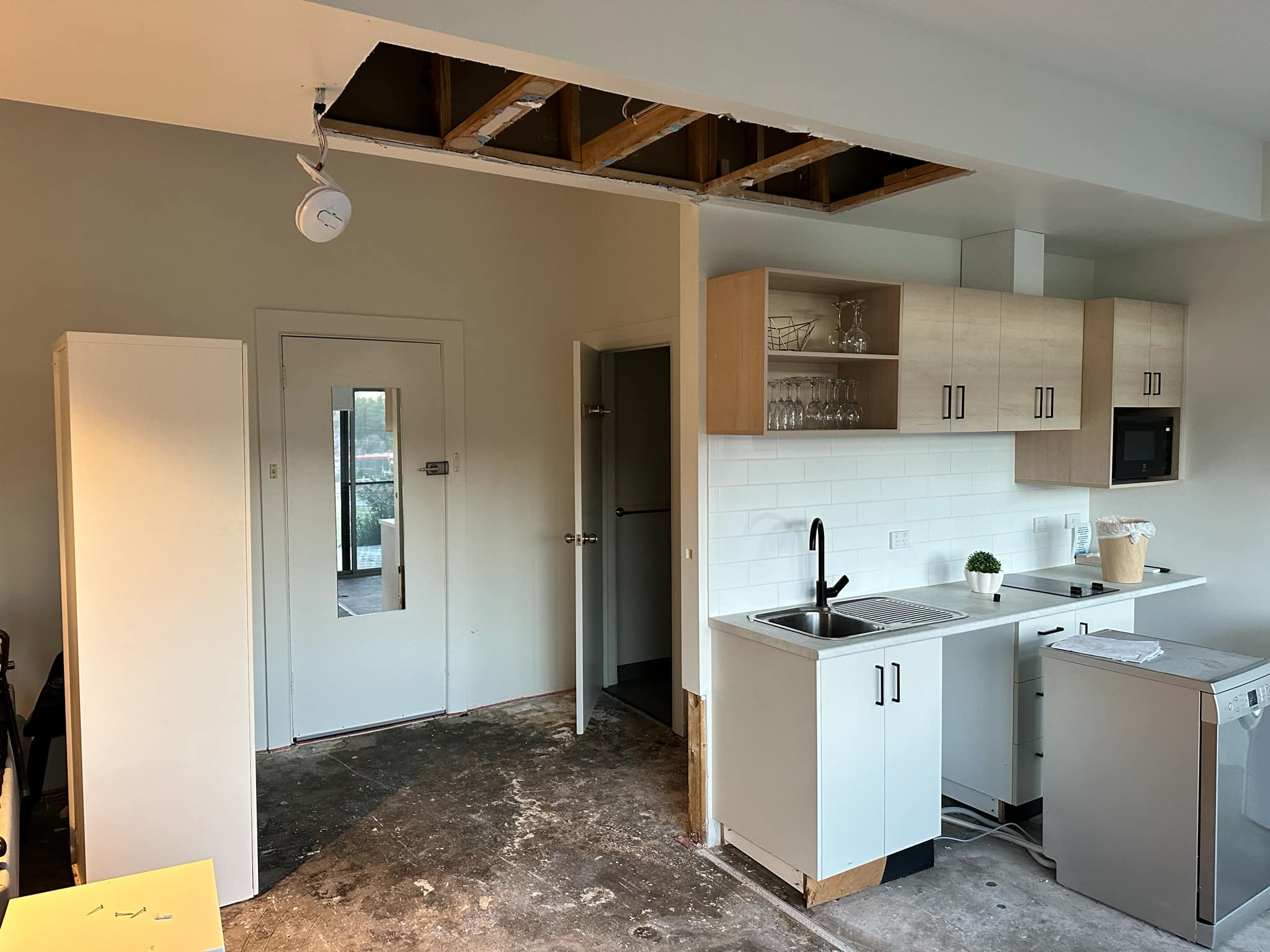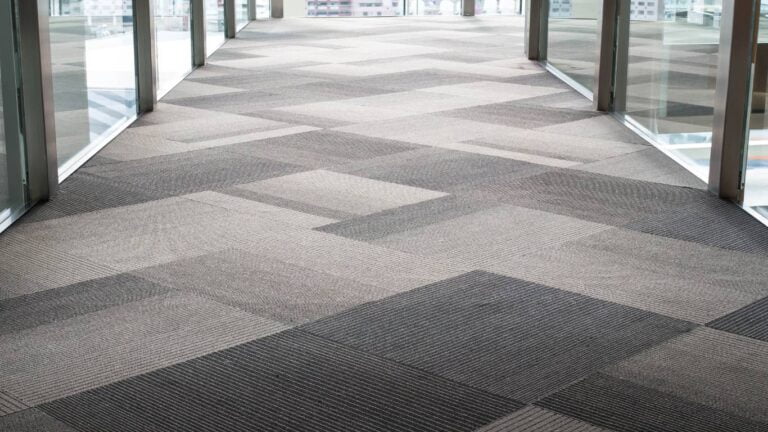Making a successful water leak insurance claim in Australia can feel daunting, but with the right steps, it becomes manageable and straightforward. Prompt communication with your insurer, thorough documentation of the damage, and immediate actions to prevent further loss are key. This guide outlines the necessary initial steps, from contacting your insurer and documenting the damage to securing your property and lodging your claim. By following these detailed instructions, you can ensure a smoother claims process and enhance your chances of a fair settlement. When you’re well-prepared and understand the procedures, navigating the complexities of water leak insurance claims in Australia becomes much easier.
Initial Actions After Discovering a Water Leak
Contact Your Insurer Immediately
Upon discovering a water leak in your home, your first priority should be to contact your insurer without delay. Prompt communication is vital to initiate the claims process and ensure that your insurer is aware of the situation as early as possible. When you reach out, be prepared to provide essential details such as your policy number, name, and contact information. Additionally, specify the exact date and time when you first noticed the leak, as well as the precise location within your property where it occurred, such as the bathroom, kitchen, or basement. This information will help your insurer understand the scope of the damage and begin processing your claim efficiently.
Essential Information for Initial Report
When reporting the water leak to your insurer, including a detailed account of the incident is important. This should encompass a comprehensive description of the damage, covering all affected areas of your property such as floors, walls, ceilings, and furniture. Providing clear and accurate information will facilitate a smoother claims process and help ensure that your claim is assessed fairly. Alongside your verbal report, it’s advisable to document the damage thoroughly by taking clear photographs and videos from multiple angles. This visual evidence will be invaluable when your insurer assesses the extent of the damage and determines the appropriate settlement for your claim.
Emergency Services and Repairs
In the immediate aftermath of discovering a water leak, taking swift action to mitigate further damage is essential. The first step is to shut off the water supply to prevent additional water from entering your property. This is particularly important in cases of sudden and accidental water damage, such as a burst pipe. Turning off the electricity in the affected areas is equally crucial to prevent electrical hazards and ensure the safety of your household.
Once you’ve secured the property, you may need to engage emergency water damage services to address the immediate damage. This could involve hiring a plumber to fix the source of the leak or a water damage restoration company to begin the cleanup process. It’s important to keep all receipts and records of any emergency repairs or services, as these will be necessary for your insurance claim. Your insurer may also have specific guidelines or preferred service providers, so it’s advisable to check with them before proceeding with any repairs.
By taking these initial actions promptly and efficiently, you can help minimise the damage to your property and ensure a smoother and more successful insurance claim process.

Documenting the Damage
Photograph and Video Evidence
Capturing the damage through photographs and videos is crucial for a successful water leak insurance claim. High-quality visuals serve as clear evidence of the damage’s extent, which is necessary for accurate assessment by your insurer. Utilise a high-resolution camera, such as those on modern smartphones, to document the situation. Avoid low-quality cameras, as they may lack the necessary clarity.
Begin with wide-angle shots of each affected area to provide an overall view of the damage. Follow this with close-up images of specific items and areas that have been impacted. Ensure you take multiple angles to give a complete representation. For example, if furniture is damaged, photograph it from various sides. Similarly, capture structural damage to walls, ceilings, and floors from different perspectives.
Videos can effectively illustrate the full extent of the damage. Record a walkthrough of your property, explaining the damage as you go. This approach can convey context that photos alone may not capture. Ensure your videos are well-lit and steady to avoid confusion.
Written Documentation and Logs
Alongside visual evidence, maintaining written records is essential. Create a detailed list of all damaged items, including descriptions, serial numbers, and the nature of the damage. If available, include scanned copies of original purchase receipts. If receipts are missing, provide as much detail as possible, including estimated replacement costs.
Keep a log of all actions taken since the leak was discovered. This should encompass the date and time of the discovery, steps taken to prevent further damage, and any professional services engaged, such as plumbers or water damage restoration specialists. Document their contact information, service dates, and descriptions of the work performed.
Organise your written records clearly, using descriptive file names and categories for easy access. Store all documentation in a secure, accessible location, and consider using cloud storage for backups to safeguard against loss due to additional damage.
Here at Steam Clean Team we understand the importance of paperwork and provide you with all the information you need from us.
Professional Assessment Reports
Acquiring professional assessment reports can significantly enhance your claim. These evaluations provide expert insights into the damage and necessary repairs. Engage qualified professionals, such as licensed plumbers and water damage restoration specialists, to assess and document the situation. Their reports should include detailed descriptions of the damage, the leak’s cause, and recommended repairs.
Ensure that these assessments are comprehensive and include relevant photographs and diagrams. Professional evaluations can offer an impartial perspective that supports your claim, increasing the likelihood of acceptance by your insurer.
Retain copies of all professional reports and include them in your documentation package. This thorough approach to documenting the damage will facilitate a smoother claims process and help ensure a fair settlement.

Securing Your Property
Temporary Repairs to Prevent Further Damage
When a water leak is discovered, immediate action is important to prevent further damage. The first step is to shut off the water supply to stop the flow. This can be done by locating and turning off the main water valve. Once the water is stopped, temporary repairs should be made to mitigate additional damage. For instance, using epoxy to seal a leaking pipe or applying a temporary patch to a roof leak can be effective short-term solutions.
If the leak has caused flooding, it’s essential to remove the water as quickly as possible. Using a wet vacuum, mops, or towels can help in this process. Additionally, setting up fans and dehumidifiers will aid in drying out the affected areas, reducing the risk of mould growth and further structural damage. Keeping receipts and records of any emergency repairs is important, as these documents will be needed when filing your insurance claim.
Safety Precautions to Observe
Safety should always be a priority when dealing with water damage. Depending on the source and type of water, different precautions may be necessary. Clean water from a burst pipe (Category 1) poses minimal health risks, but it’s still important to avoid slipping hazards and electrical dangers. Ensure that the electricity is turned off in the affected areas to prevent electrical shocks.
For water that is dirty or contaminated (Category 2), such as from a washing machine overflow, additional precautions are needed. Wear protective gloves and boots to avoid contact with the water, and ensure proper ventilation to reduce the risk of inhaling any harmful substances.
In cases of severe contamination (Category 3), such as sewage backups, the water is highly hazardous. Avoid any direct contact with the water, as it can cause serious health issues. Professional help is strongly recommended for cleaning and disinfecting the area to ensure it’s safe for habitation.
Hiring Professional Services
While some minor water damage can be managed by homeowners, significant damage often requires professional intervention. Hiring a licensed plumber to fix the source of the leak is a critical first step. Additionally, water damage restoration specialists can provide comprehensive services to dry out, clean, and repair the affected areas.
Professionals have the necessary equipment and expertise to handle extensive water damage. They can perform thorough inspections to identify all affected areas, including hidden damage that may not be immediately visible. This ensures that all moisture is removed, preventing future issues such as mould growth and structural weakening.
When hiring professionals, it’s important to choose reputable and experienced service providers. Check for proper licensing and insurance, and read reviews or ask for references to ensure quality work. Keep all documentation, including contracts, invoices, and receipts, as these will be required for your insurance claim.
By taking swift action to secure your property, observing necessary safety precautions, and enlisting professional help when needed, you can effectively manage water damage and strengthen your insurance claim.
Lodging Your Insurance Claim
Steps for Claim Lodgement
When a water leak is discovered, it’s essential to act quickly to file an insurance claim. The initial step is to reach out to your insurer without delay. Maintaining effective communication with your insurance provider is crucial throughout the claims process. Be prepared to provide a comprehensive initial report, including the date and time of the incident, the cause of the leak if known, and the extent of the damage observed.
After reporting the incident, your insurer is obligated to respond within 10 business days. They will either accept or deny your claim or request additional information. During this time, it’s important to keep a detailed record of every interaction with your insurance company, including the names of representatives, the dates of conversations, and key points discussed.
Submitting Proof of Loss
Providing proof of loss is a vital component of the claims process. This involves submitting detailed documentation that substantiates the extent of the damage and associated costs. Essential materials may include photographs and videos of the damage, repair estimates, and a thorough account of the incident.
Additionally, document your efforts to prevent further damage. For example, if you turned off the water supply to stop additional leakage, ensure this action is recorded. Retaining all receipts and records of emergency repairs is crucial, as these documents will be necessary for the insurance claim.
Essential Documentation for Claim
To facilitate a smooth claims process, it’s important to gather and organise all required documentation. Key items for a water leak insurance claim typically include:
- Photographs and Videos: Capture clear and detailed images and videos of the damage from various angles. This visual evidence is essential for demonstrating the extent of the damage to your insurer.
- Written Descriptions: Provide a comprehensive written account of the incident, including the cause of the leak, affected areas, and any immediate actions taken to mitigate further damage.
- Repair Estimates: Obtain estimates from qualified professionals detailing the work needed to restore your property to its pre-damage condition.
- Receipts and Records: Keep all receipts and records of emergency repairs or temporary measures taken to prevent further damage, including costs for materials, labour, and any services hired.
- Maintenance Records: If applicable, include records of regular maintenance and inspections to demonstrate that the leak was sudden and accidental, rather than a result of neglect or wear and tear.
By thoroughly documenting the damage and maintaining clear communication with your insurer, you can navigate the claims process more effectively. Understanding your policy’s specifics, including coverage limits and excess amounts, will also help manage expectations and ensure appropriate compensation for your water damage claim.

Navigating the Settlement Process
Insurance Assessor Visit
After submitting your claim and proof of loss, an insurance assessor will usually come to your property to evaluate the water damage. This assessment is crucial for the insurer to verify your claim and determine the potential payout. The assessor will examine the affected areas, take photographs, and may inquire about the incident. It is important to provide accurate information and any documentation you have collected, such as repair estimates and receipts for emergency services. The findings in the assessor’s report will play a significant role in the outcome of your claim, so being cooperative and transparent is essential.
Settlement Options Available
Following the assessment, your insurer will review the report and present various settlement options. These typically include a cash settlement, where you receive a lump sum to cover repair expenses, or a managed repair, where the insurer coordinates the repairs through their approved contractors. Each option has its pros and cons. A cash settlement allows you to oversee the repair process, but it requires you to manage the contractors and ensure satisfactory completion. Conversely, a managed repair can be more convenient but may restrict your choice of contractors and materials. Understanding these options and discussing them with your insurer can help you make an informed choice that aligns with your preferences.
Typical Claim Processing Timeframes
The duration for processing a water leak insurance claim can vary significantly based on the complexity and severity of the damage. Generally, the process may take anywhere from one to six months. Factors influencing this timeframe include how quickly you report the incident, the speed of the assessor’s visit, and the efficiency of the insurer’s internal procedures. More severe cases with extensive damage may require additional time for thorough evaluation and repair planning. It is advisable to maintain regular communication with your insurer to stay informed about your claim’s progress and address any potential delays.
Resolving Disputes
Disagreements can occur during the claims process, often related to coverage extent, settlement amounts, or the damage’s cause. If you are not satisfied with the insurer’s decision, you can request a review through their internal dispute resolution process, which aims to provide a fair assessment of your claim. If this internal review does not resolve the issue, you can escalate the matter to the Australian Financial Complaints Authority (AFCA). AFCA is an independent organisation that addresses disputes between consumers and financial service providers, including insurers. They have the authority to make binding decisions, ensuring that your case is evaluated impartially. Being aware of your rights and the available options for dispute resolution can assist you in navigating any challenges that may arise during the settlement process.
Final Thoughts on Water Leak Insurance Claims
Navigating a water leak insurance claim in Australia can be complex, but understanding the process and taking prompt action are key. Begin by immediately contacting your insurer and providing a detailed report. Thoroughly document the damage with photographs, videos, and written descriptions.
Securing your property to prevent further damage is essential, alongside ensuring safety precautions. Efficiently lodging your claim and submitting comprehensive proof of loss will facilitate the process. Be prepared for the insurance assessor’s visit and understand your settlement options.
Awareness of common exclusions, relevant legislation, and dispute resolution options can also be beneficial. By following these steps, you can enhance the likelihood of a successful and fair settlement for your water leak insurance claim.
Disclaimer
The information provided in this guide is intended for general informational purposes only and should not be considered legal advice. While every effort has been made to ensure the accuracy and relevance of the content, it may not cover all aspects of your specific situation or recent changes in laws. For advice tailored to your circumstances, we recommend consulting a qualified legal or insurance professional. We accept no liability for any outcomes arising from the use of this guide.




